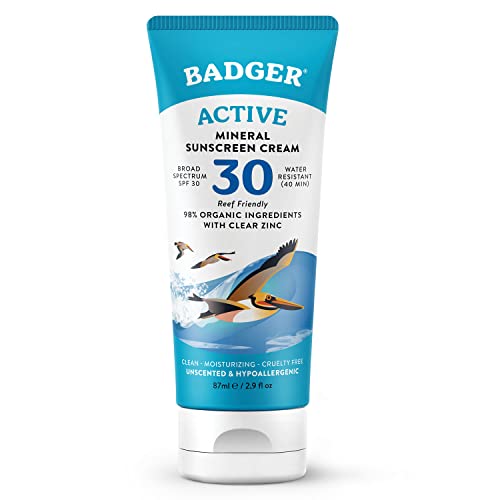clayswim
Well-known member
I understand your rationality, and you're right for the most part. The rock I'm sure is full of bacteria, and probably enough to handle your current bio-load since most likely it already had been (I'll explain below). There are two problems you face however, and it's those issues we should focus on. The first is the fact that even though the tank had been setup for over a year, it still wasn't mature. If it were mature you wouldn't see the nitrate spiking like that. This could mean they had something in the tank that was acting as a biological filter besides the rock. This could've even been some filter floss that wasn't regularly cleaned. In this case you have an incomplete cycle, and you'll have to wait for the bacteria to slowly build-up inside the rock to consume nitrates. This may take some time though, since the cured rock may be somewhat clogged on the inside. This often happens in tanks with a large organic waste problem. Your base rock would be easier in that case, but it might have to grow nitrifying bacteria first. Confused yet?  Don't worry; it all makes less-then-perfect sense once you get the hang of it. Cooking the cured rock (you don't actually have to cook it) would free up a lot of the clogged mess inside.
Don't worry; it all makes less-then-perfect sense once you get the hang of it. Cooking the cured rock (you don't actually have to cook it) would free up a lot of the clogged mess inside.
The second issue, which I almost forgot after that ramble, is future stocking. When your tank has been setup and your rock is fully cycled, then adding fish and coral and whatever else doesn't pose a problem; unless you do too much. In your case you should wait several weeks to give your rock a chance to fully cycle. In the meantime your fish and even your snails should be fine; provided of course that you keep nitrates at a decent level.
On that note... The test kits and some books usually say under 25 is fine, and it's true for almost all freshwater and most saltwater fish. In freshwater, Discus are rather sensitive though, and in saltwater there are several common fish that don't handle anything above 10ppm very well. Inverts for the most part don't tolerate nitrates very well at all, and 25ppm is getting too high for a lot of the more sensitive species. In general you should keep any reef tank under 10ppm.
In closing, don't get bogged down too much about cycling, it's something that in the long run is much easier than the science makes it seem. Patience is the key, and everyone on these boards know you have a lot of that.
Clayton
The second issue, which I almost forgot after that ramble, is future stocking. When your tank has been setup and your rock is fully cycled, then adding fish and coral and whatever else doesn't pose a problem; unless you do too much. In your case you should wait several weeks to give your rock a chance to fully cycle. In the meantime your fish and even your snails should be fine; provided of course that you keep nitrates at a decent level.
On that note... The test kits and some books usually say under 25 is fine, and it's true for almost all freshwater and most saltwater fish. In freshwater, Discus are rather sensitive though, and in saltwater there are several common fish that don't handle anything above 10ppm very well. Inverts for the most part don't tolerate nitrates very well at all, and 25ppm is getting too high for a lot of the more sensitive species. In general you should keep any reef tank under 10ppm.
In closing, don't get bogged down too much about cycling, it's something that in the long run is much easier than the science makes it seem. Patience is the key, and everyone on these boards know you have a lot of that.
Clayton





























































